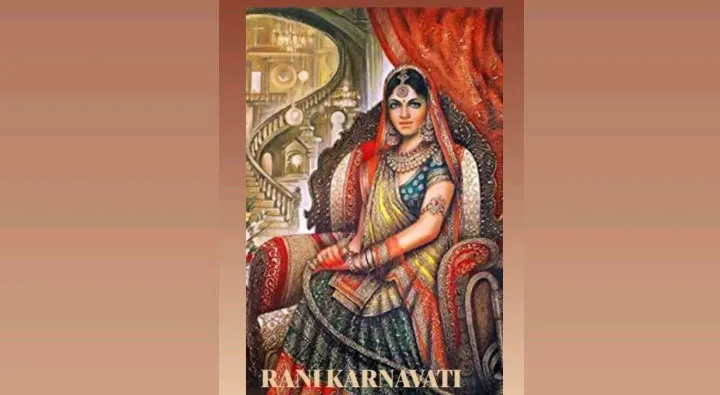Royal Resilience: Unforgettable Tales from Garhwal’s Past
We have often heard about the great Rani Laxmibai and Rani Rudrama Devi, but there are very few who know about the Queen of Garhwal, Rani Karnavati, popularly known as Nak Kati Rani.
The irony of our suppressed factory-based education is that it has always focused on disciplining the newly born minds so that they can be trained for only clerical work, and this works by systematically destroying critical thinking and whitewashing regional history as it empowers the person with the quality of discernment. Always remember that majoritarian ideology doesn’t want you to be educated because if the right education and skill come into play, then how will they be able to get hold of the two things that set the narrative, which are money, wealth, and power? Thus, in this age of information, we have to find our own ways to inculcate traits like natural inquiry and inquisitiveness, as it will only drive you towards actual substance for enhancing the horizons of perception or creative thinking because any form of education, certificate, or degree that holds no substance will not serve you. Without being self-critical, you can’t expect reform.
Coming back to the topic, the queen who took the decision to confront the Mughal army despite belonging to the lesser-known,...
The irony of our suppressed factory-based education is that it has always focused on disciplining the newly born minds so that they can be trained for only clerical work, and this works by systematically destroying critical thinking and whitewashing regional history as it empowers the person with the quality of discernment. Always remember that majoritarian ideology doesn’t want you to be educated because if the right education and skill come into play, then how will they be able to get hold of the two things that set the narrative, which are money, wealth, and power? Thus, in this age of information, we have to find our own ways to inculcate traits like natural inquiry and inquisitiveness, as it will only drive you towards actual substance for enhancing the horizons of perception or creative thinking because any form of education, certificate, or degree that holds no substance will not serve you. Without being self-critical, you can’t expect reform.
Coming back to the topic, the queen who took the decision to confront the Mughal army despite belonging to the lesser-known,...




